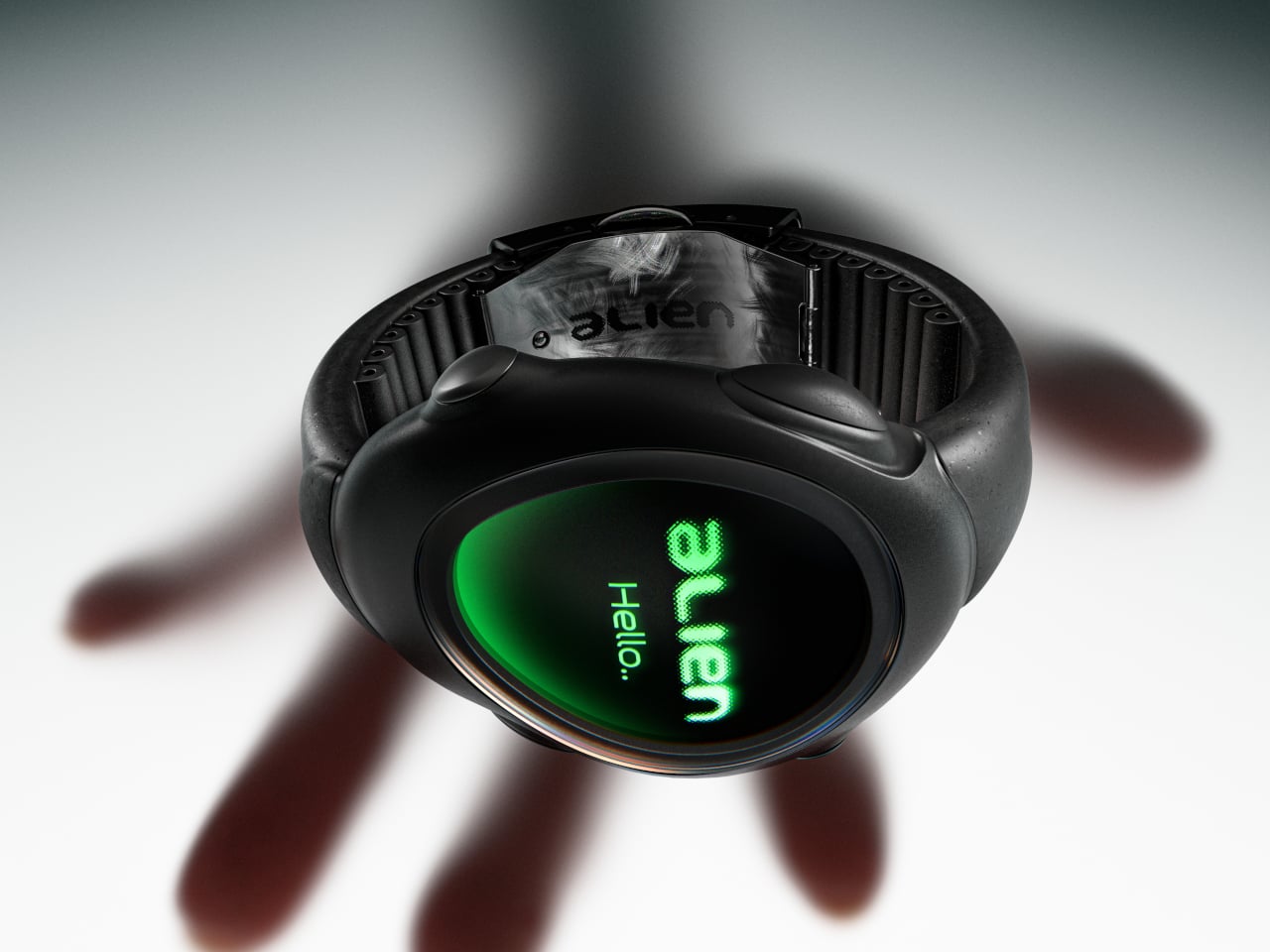As we rush into an era of innovation, careful consideration must be taken for the communities holding our nation together. Repeatedly overlooked, rural residents are often those involved in labor-intensive work, like farming or logging, that everyday people across the country rely on. The EPA’s tailpipe emissions rule, designed to artificially increase electric vehicle (EV) sales, will have significant consequences for both American consumers forced to purchase expensive vehicles, and the businesses forced to meet the demands of an ill-fitted transition.
It’s time for more consideration to be given to rural communities that keep the nation running by revoking this ill-conceived rule. Traditional gas vehicles that have been the foundation of our communities will essentially be banned in a few short years should Biden’s EPA get its way. The rules enforce that more than half of light and medium-duty vehicles be electric by 2032, drastically reducing the number of new gas vehicles available on the market.

This burdensome mandate will force financially-conscious Montanans to spend outside of their budget for a vehicle that’s wildly incompatible with their lifestyle. A recent lawsuit brought forward by the American Petroleum Institute, the American Farm Bureau Federation, and other partners against the EPA’s mandate is a step in the right direction to bring security back to the communities that support us. For the EPA to create a rule that drastically threatens the availability of affordable, traditional gas-powered vehicles is not only inconsiderate, but poorly planned.
Per American Farm Bureau Federation President Zippy Duvall, “impractical standards for light-duty and medium-duty trucks will drive up the cost of farm vehicles and force farmers to rely on a charging network that does not yet exist in rural areas." As stated, EVs require charging stations, an inaccessible luxury for most Montanans. Our home state is one of the slowest to build the necessary infrastructure, with just 128 charging locations, most of which are located in our larger cities.
Until rural communities are offered the same consideration and investment as metro areas, rules like this will continue to fail us. In addition to the lack of available charging stations, the enormous price tag that comes with EVs in comparison to internal combustion engine (ICE) vehicles negatively impacts everyone along the supply chain, including both businesses and consumers. In the first quarter of 2024, there was a 42% gap in the average cost of EVs compared to ICE vehicles.
Adding insult to injury, even for those customers who can tackle the daunting initial cost, studies show that 46% of current EV owners switch back to ICE vehicles. Coupled with the expensive price tag, our nation is not in a position where we should be encouraging our citizens to live beyond their means, especially when they’re being forced to do so. Our market is and always has been based on allowing consumers to choose what suits them and their families best.
It’s time for the EPA to take rural communities like ours into consideration. Our farmers, manufacturers, and most importantly, our residents, make up the communities we love, which is why extra consideration must be taken when it comes to the federal regulations those down in Washington force upon us. The everyday people who build our towns and neighborhoods are important, and it’s time that our communities are no longer overlooked.
.



















